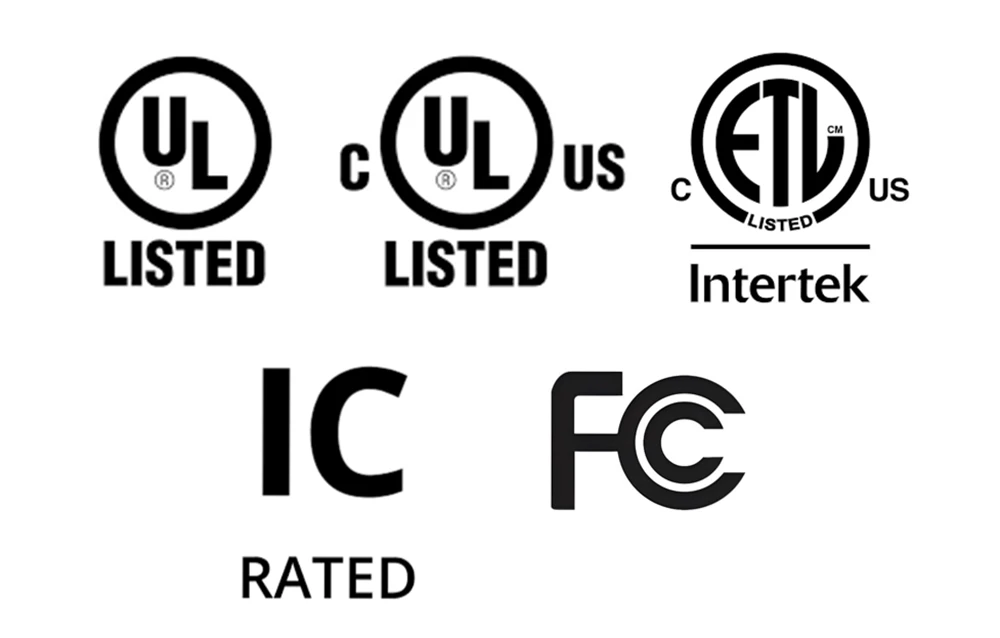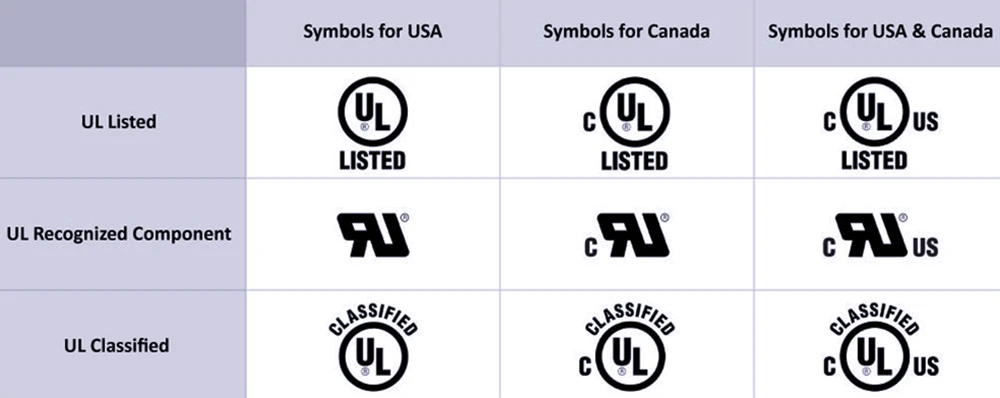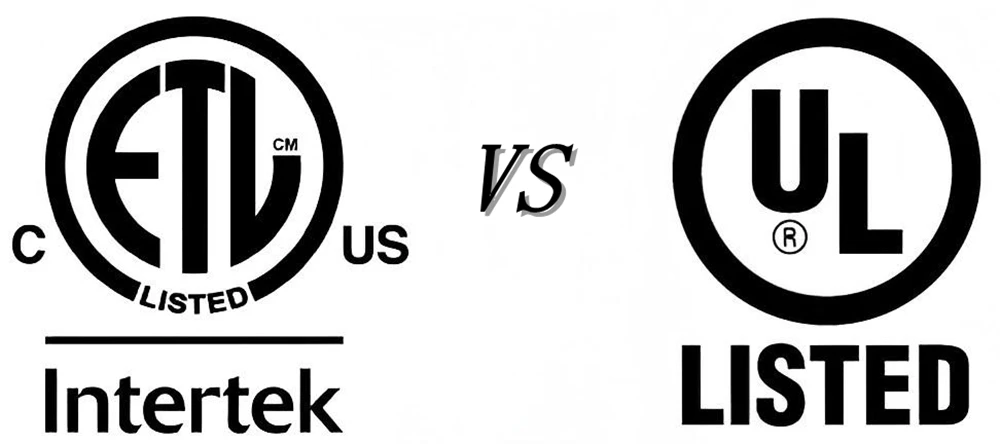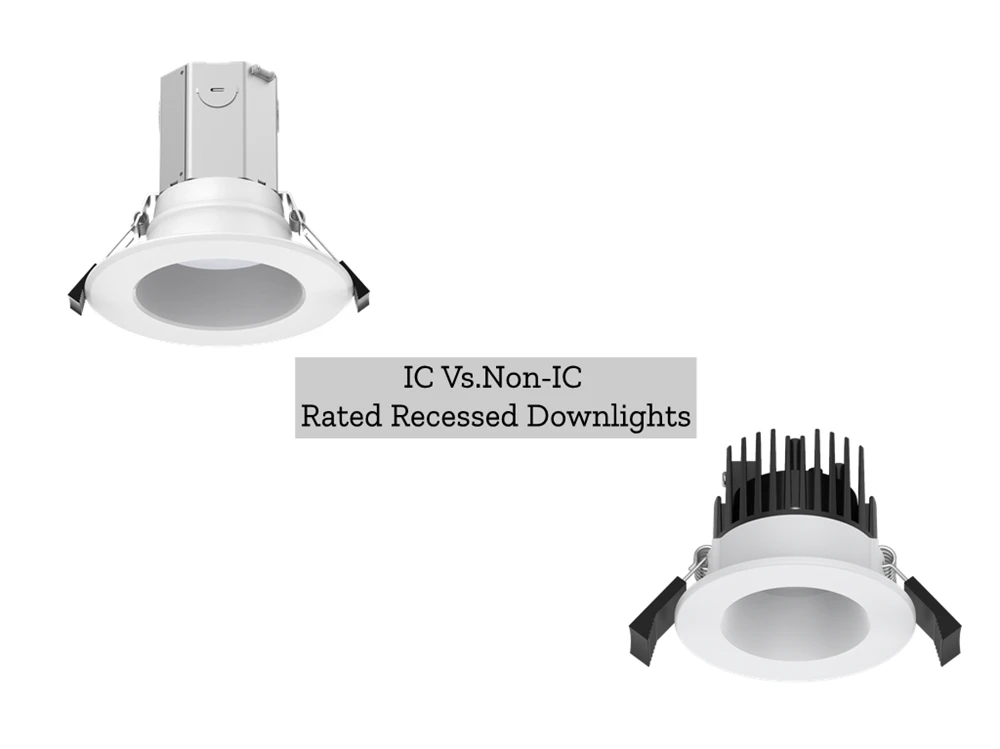What You Need to Know About Lighting Safety Certifications

When purchasing lighting products, you've likely encountered various acronyms and symbols indicating certifications. These marks are not just decorative; they represent rigorous testing and adherence to specific safety and performance standards.
If you're manufacturing, selling, or installing lighting products in North America, safety certifications are essential. This guide mainly analyzes the common lighting safety certifications of FCC, IC Rated, ETL, UL and CUL.
UL and CUL: Safety Tested in the U.S. and Canada
Underwriters Laboratories (UL) is an independent and nonprofit safety science organization. It tests finished products or individual components according to strict electrical and fire safety standards. The UL mark is one of the most widely recognized lighting safety certifications in North America. It means the product has been independently tested and meets U.S. safety standards.

CUL is essentially the Canadian counterpart to UL, evaluating based on the requirements of the Canadian Standards Association (CSA). The CUL mark indicates that the product complies with Canadian electrical safety standards. In the United States, products that are UL certified may require separate testing to receive CUL certification.
Manufacturers often obtain dual UL/CUL listings to demonstrate compliance with requirements for both the U.S. and Canadian markets. They assure retailers, inspectors, and consumers that lighting products have been evaluated for electrical safety, fire hazards, and other potential risks.
ETL: An Alternative Path to the UL Standards
ETL originally originated from the Electrical Testing Laboratory and is now run by a global testing and certification company called Intertek.
ETL test products using UL or ANSI standards. Its certification provides the same or similar safety verification as UL certification. And it is often more cost-effective for manufacturers. It’s widely accepted by building inspectors and code officials.

Some people mistakenly think ETL is “less official” than UL. Not true. Both are Nationally Recognized Testing Laboratories (NRTLs) accredited by the Occupational Safety and Health Administration (OSHA).
FCC: Controlling Radio Frequency Interference
The FCC (Federal Communications Commission) mark on a lighting product means it complies with U.S. regulations for electromagnetic interference (EMI) and electromagnetic compatibility (EMC). Most lighting products must meet FCC Part 15 standards.
LED drivers and other intelligent integrated parts can emit radio frequencies that interfere with radios, cellular networks, or other electronic systems. So FCC ensures that the product will not cause harmful interference to other electronic devices and that are immune to a certain level of external electromagnetic interference.
The FCC certification is crucial for ensuring that lighting products can coexist harmoniously with the increasing number of electronic devices in our residential and workplace spaces.
IC Rated: Safe for Contact with Insulation
IC stands for Insulation Contact. This rating is critical for recessed lighting installed in insulated ceilings.

An IC-rated recessed light fixture is designed to safely direct contact with ceiling insulation without overheating. Non-IC-rated fixtures require a specific clearance (usually 3 inches) between the fixture and any insulation. If not, they can lead to overheating and increase the risk of fire.
Skipping certifications might cut costs short-term, but it’s a legal, financial, and reputational risk long-term. Building inspectors may reject uncertified products. Retailers won’t carry them. Liability insurance may not cover damage caused by them.
Certifications like UL, cUL, and ETL ensure that products meet rigorous safety standards, reducing the risk of electrical hazards. FCC certification is vital for preventing electromagnetic interference. For recessed lighting, pay close attention to the IC rating.